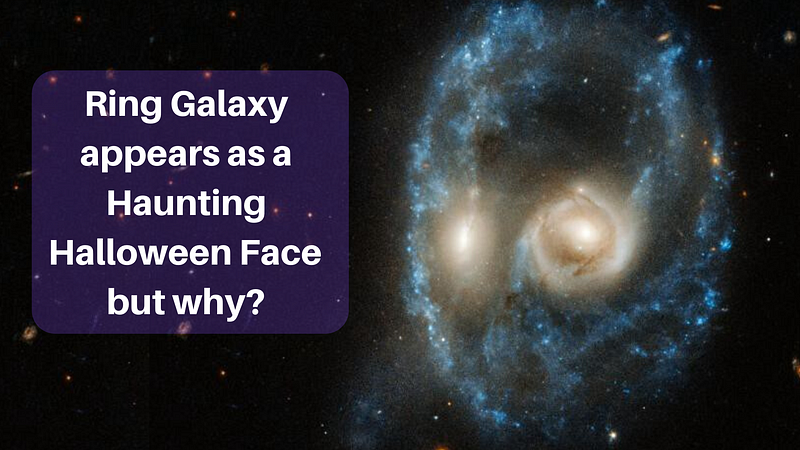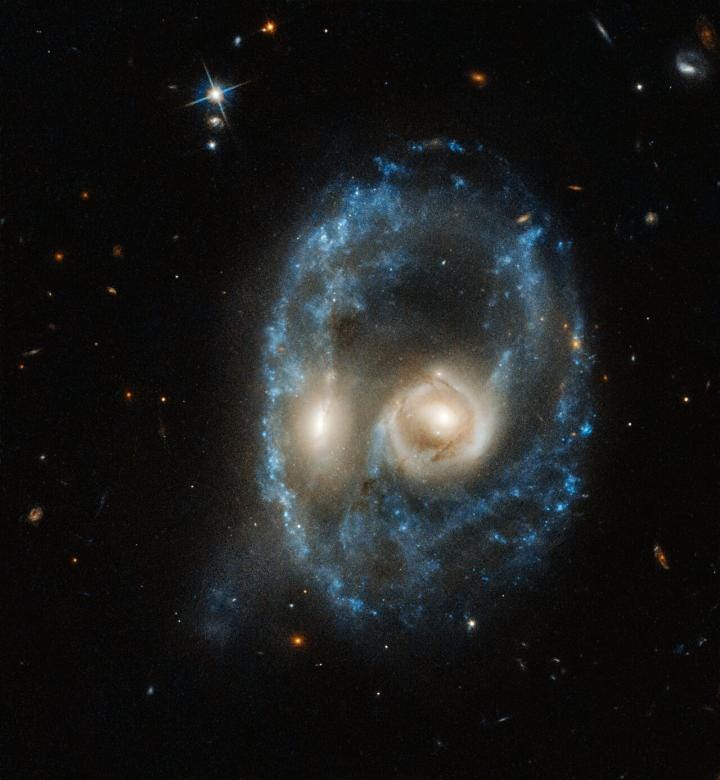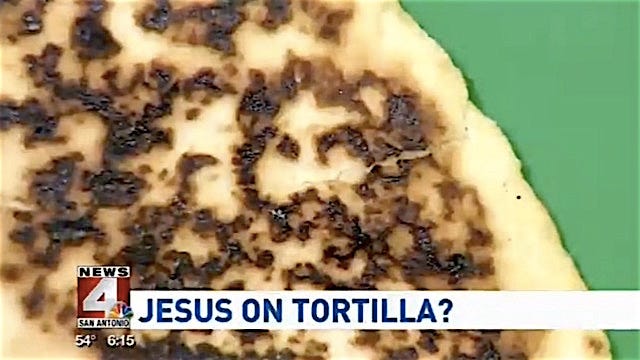Exploring the Haunting Face of the Ring Galaxy
Written on
Chapter 1: A Spooky Cosmic Discovery
The Ring Galaxy presents an eerie visage reminiscent of a Halloween mask. Hubble has embraced the Halloween theme by unveiling an image that appears to depict a ghostly face in space. But what leads us to perceive a 'face' within this ring galaxy?

Captured by the Advanced Camera for Surveys on June 19, 2019, this striking image from the NASA/ESA Hubble Space Telescope shows two galaxies colliding, forming a structure that looks eerily like a face. Located 704 million light-years from our planet, this system is designated Arp-Madore 2026–424 (AM 2026–424) in the Arp-Madore “Catalogue of Southern Peculiar Galaxies and Associations” (NASA, ESA, J. Dalcanton, B.F. Williams, and M. Durbin, University of Washington).
The head-on collision of these equally sized galaxies has created this ghostly appearance. Such cosmic events are not uncommon, yet the unique features of the Arp-Madore system stand out. The violent encounter resulted in a distinct ring structure, with the galaxies' discs of gas, dust, and stars stretching outward, forming the 'nose,' 'jaws,' and other 'facial features' of our spectral observer.
The 'eyes' of this cosmic visage are particularly noteworthy. They are formed by the central bulges of the colliding galaxies. Their similar sizes suggest that both galaxies were comparable in mass, which is unusual; typically, larger galaxies consume smaller ones, leading to a less recognizable form.
As head-on collisions are infrequent, so too are ring galaxies, with only a few hundred identified in our cosmic neighborhood. The specific alignment of the galaxies during their encounter is crucial for producing such a ring structure.
Like a ghostly figure from folklore, this cosmic face will eventually dissipate, as the ring structure has a finite lifespan. Once the merger is complete, all evidence of their distinct past will vanish.
Section 1.1: The Psychology of Seeing Faces
But what drives our inclination to perceive faces in random configurations? This phenomenon, known as pareidolia, is part of our brain's hardwired ability to recognize patterns in visual information.

According to Ben Radford, an author and investigator, this tendency has been a source of many ghostly misinterpretations. “Pareidolia allows us to see faces in clouds or everyday objects, and it also explains phenomena like the famous ‘Jesus in the Tortilla’,” he notes.
This isn’t the first instance of humans spotting faces in the cosmos. One notorious example is the so-called 'Face on Mars,' which Richard Hoagland famously claimed was evidence of extraterrestrial life.

It wasn't until 1998, when clearer images were taken by the Mars Global Surveyor, that the myth was debunked, revealing that the 'face' was merely an illusion created by lighting and image quality.
Section 1.2: Evolutionary Roots of Pareidolia
Pareidolia may have evolved as a survival mechanism. It helped our ancestors recognize faces for stronger social bonds and to identify potential threats. Carl Sagan highlighted in his book, "The Demon Haunted World: Science as a Candle in the Dark," that those who could recognize faces were more likely to form lasting relationships and survive in their environment.
Chris French, a psychology expert, emphasized that this ability to discern faces could be crucial for survival, especially in recognizing predators. "Assuming the rustling in the bushes is a sabre-toothed tiger could mean the difference between life and death," he explains.
As we witness these cosmic faces, it's important to remember that this phenomenon is a part of human nature.
Chapter 2: Seeking the Unusual in the Cosmos
The Arp-Madore 2026–424 system can be found in Halton Arp's 1966 catalog of peculiar galaxies. Hubble's observations are part of a broader initiative to capture images of unusual galactic interactions, allowing astronomers to study how galaxies evolve over time through mergers.
The findings from these Hubble observations will help identify which galaxies are suitable for future study by the James Webb Space Telescope, scheduled for launch in 2021. Who knows what other mysterious and captivating galaxies await discovery in the vastness of space?